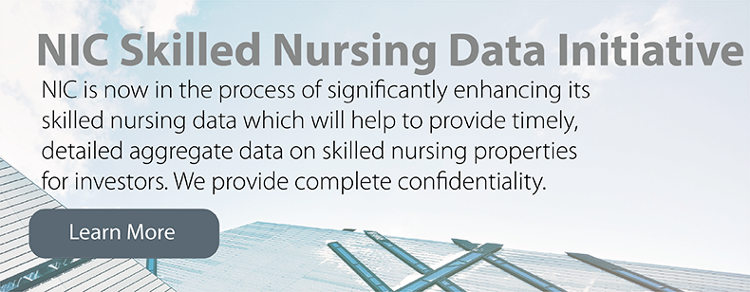The Evolution of Skilled Nursing

Over the past 55 years, the skilled nursing industry has undergone transformation. Today, it continues to evolve, bolstered by demand for more specialized and medically complex services and a payment system that continues to change.
The modern skilled nursing industry began in 1965 when Medicare and Medicaid programs were enacted. The industry saw significant growth in the following decades. Until recently, the focus of the sector was on long-term care for frail elderly residents using a mix of private funds and Medicaid.
Today’s skilled nursing industry is changing and its landscape is being influenced by several factors. First, the sector serves two distinct patient groups—transitional short-term rehabilitation patients and long-term chronically ill patients. Indeed, the clinical capabilities of many skilled nursing operators are growing to provide a full range of post-acute care services including rehab therapy, and various types of specialty care such as ventilator care and dialysis. Operators are also expanding into other areas like home health and hospice to deliver a more complete package and possibly add value within their network. The transformation to caring for more medically complex patients has now begged the question: Is the operating business an opportunity to create more value?
Second, the implementation of the Affordable Care Act and the current changes that are underway in Medicare’s payments structure are dramatically changing the payor landscape. Alternative payment plans and networks, such as accountable care organizations (ACOs), managed care organizations (MCOs), and bundled payments are quickly displacing fee-for-service payment plans in both Medicare and private health plans. This rapid shift to a risk-based, value-based environment is here and here to stay: by 2018, alternative payment plans will account for 50% of Medicare payments, up from 20% in 2015. Skilled nursing and post-acute providers risk being left behind unless they move quickly to adjust to the new payor landscape.
Third, demographics favor growth in this sector as aging baby boomers as well as soon to be swelling ranks of the 80-plus cohort generate demand for increased health care services. Growth in the 75 to 81 age cohort is projected to grow at a better than 2% annual clip for the next 20 years, for example. Baby boomers have already started to increase demand for orthopedic and surgical procedures in hospitals and short-stay post-acute care in skilled nursing properties and will do so increasingly over the next 5-10 years. This is an opportunity for skilled nursing operators who cater to the rehabilitation needs of the aging baby boomers, for example, who often require reintegration services as they recover from knee and hip replacement surgeries.
As these changes will become the norm, many skilled nursing operators are pro-actively developing partnerships with hospitals and physician groups to provide more integrated services in order to provide better healthcare outcomes and help reduce overall costs. Continued downward pressure on per person spending for Medicare/Medicaid as the number of enrollees grows will give skilled nursing operators a chance to prove as a lower cost solution. However, operators need to consider where they fit into the spectrum of services offered for their residents, as well as for hospital patients in their recovery processes. Technology systems and data analytics that can track quality measures and outcomes as well as systems that can create efficiencies and reduce costs will become increasingly important.

